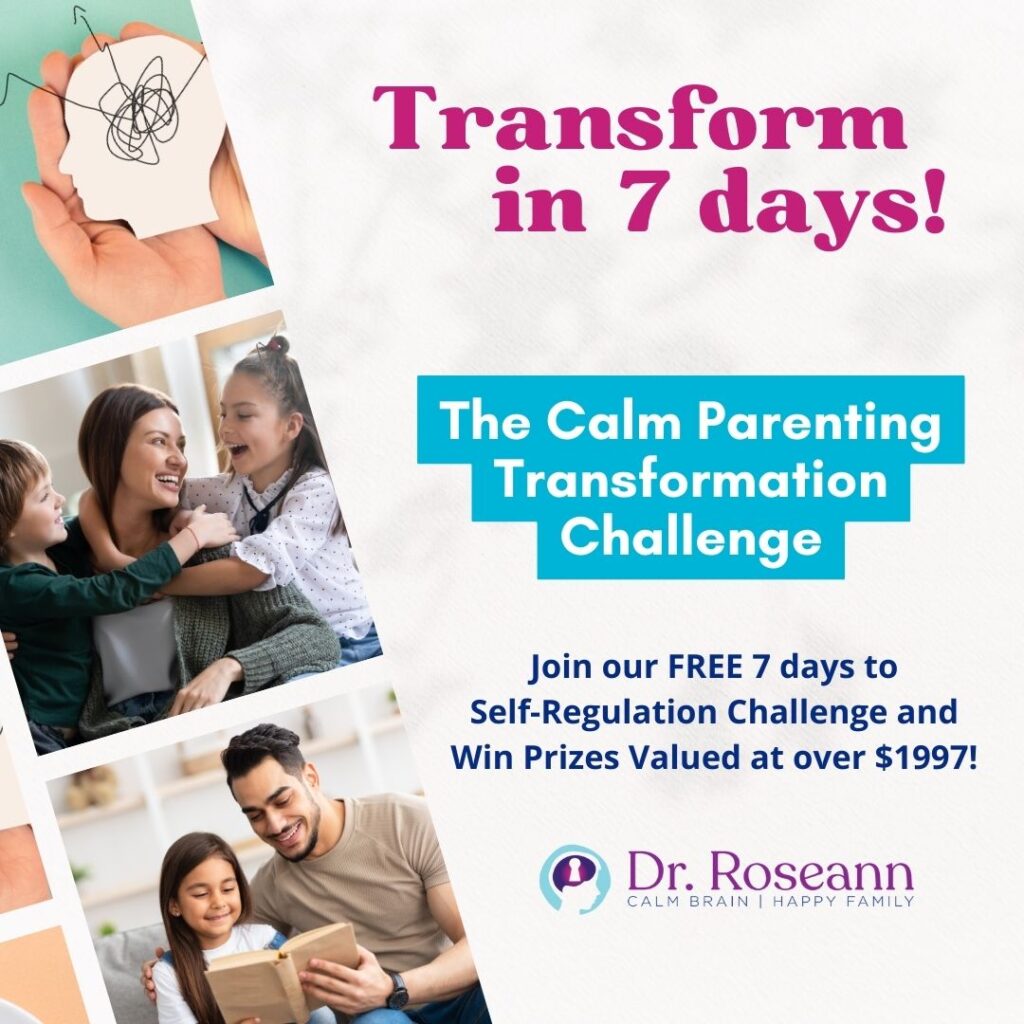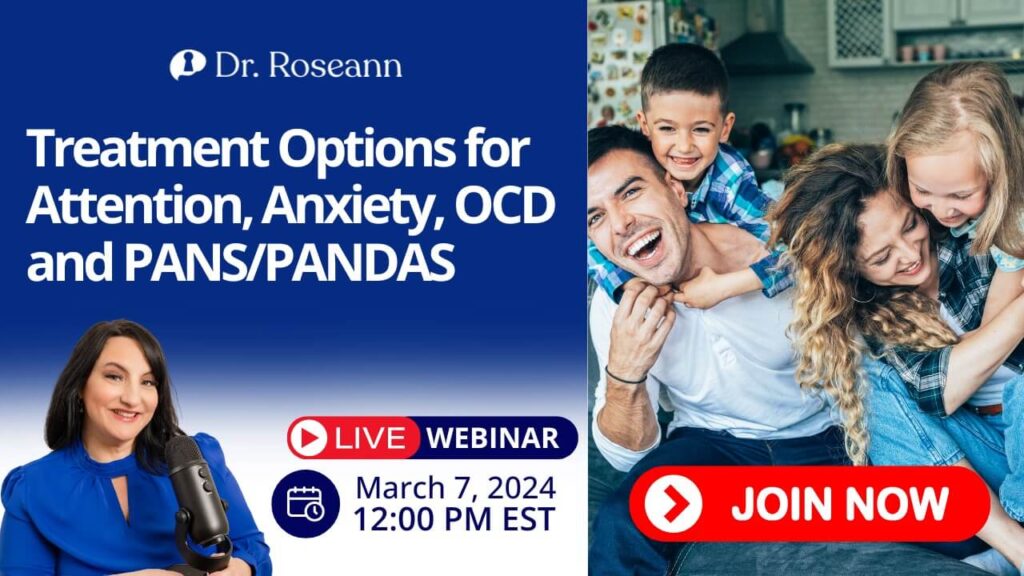Most people confuse obsessive compulsive disorder (OCD) with other mental health disorders particularly, anxiety disorder. It’s important for us to learn more about how to identify these OCD symptoms as these recurring obsessions and repetitive behaviors can interfere with a person’s daily life.
We’ll be talking about another important topic in today’s episode – how to stop feeding the OCD monster. This is going to be a fruitful episode as OCD treatment is not similar to that of anxiety.
What is obsessive compulsive disorder (OCD)?
OCD is all about fear. It is a behavioral manifestation of all these intrusive thoughts and behaviors that are completely irrational and most of the time, they don’t make any sense. Its core features are obsessions, or compulsions and rituals.
Such obsessions, compulsions and rituals can severely affect one’s life especially in terms of daily living and relationships. They make it difficult for someone to focus on or finish things effectively, and they usually take up a significant amount of time. Additionally, it may interfere with social interactions or relationships, making other people irritated or impatient.
Commonly, most people associate OCD with anxiety or worry. But in fact, it’s really more like a fear-driven behavior. When you’re dealing with OCD, you tend to try to prevent something bad from happening.
How does OCD show up in the world?
It is not only the adults who experience OCD. Even young children are diagnosed with it. There are many ways that OCD sort of shows up in the world and often, people just shrug these instances off, making it harder for us to treat OCD.
I think another factor that contributes to the difficulty in treating OCD is that it’s usually confused with anxiety. There are providers who claim that they treat OCD when in fact they don’t and are simply using anxiety treatment instead of a specialized treatment for OCD.
The specialized treatment we’re referring to is the exposure and response prevention. That’s why it’s important to have a highly skilled provider who conducts cognitive behavioral therapy with exposure therapy. Personally, that’s what we use in our clinic because we’ve seen how effective it is in dismantling behaviors.
We all know how much of a tyrant OCD is. It just takes over everything and it can really hijack a life. That’s why I’ve had many encounters with families crying because of the positive development of their children particularly when they learn how to take control and stop accommodating OCD through behavioral therapy combined with other treatments like exposure and response prevention.
What does “accommodation” mean?
Accommodating means we are fueling the OCD and the behaviors that come with it. For example, your child constantly asks questions to reassure himself, and you answer his question every single time. Every time you answer, you actually reinforce the fear or other irrational and intrusive thoughts.
When we accommodate the questions by answering them, we’re lowering the fear response rate. But then every time we answer the question, we actually move the baseline up.
This is how we get behaviorally habituated and this is how the brain forms a habit. So when we reinforce this, we actually increase the likelihood of OCD behaviors.
What we have to do now to stop accommodation is to stop answering them every single time. I know it’s quite difficult to do that but we have to really set boundaries if we want to stop feeding the OCD monster.
Getting your partner and caregivers on the same page is the biggest obstacle.
I think one of the biggest obstacles in this journey is getting your partner and caregivers on the same page. In ERP treatment, 30% of people drop out because parents have a hard time doing the work either on their own or together. But typically, it's a conflict amongst the parents.
That’s why it’s important to find a good and qualified provider that can provide psychoeducation, especially about exposure and response prevention, OCD, and how to dismantle the behaviors that come with it.
Throughout the ERP therapy, a skilled and qualified mental health professional can offer support and assistance to the patient in creating coping mechanisms to control their compulsive behaviors, gradually lessening the interference of their OCD symptoms.
Why is OCD so treatment resistant?
My initial answer whenever someone asks me why OCD is so treatment resistant is that maybe there’s a possibility that they’re getting misdiagnosed. If you're misdiagnosed, it follows then that you are not getting the right treatment.
It is also possible that your provider is not qualified, and that actually happens in some cases. Sometimes, the parents aren’t ready for the battle which makes it even harder for OCD to be treated.
It’s completely normal to be uncomfortable and get used to the processes because if not, OCD is going to be around a long time. That's what most pharmaceutical companies want because they want you to take their medicines.
If you or you know anyone who is diagnosed with OCD, remind them to find a qualified provider. You can also check out our BrainBehaviorResetTM Program where we calm the brain with brain-based tools.
No matter where you are in your journey, we have resources to help you:
Links and Resources:
➡️ Join our FREE Natural Parenting Community to receive science-backed resources for your child and family. Join here.
➡️ Get help from Dr. Roseann and her team. Apply here.
➡️ “Is it ADHD or something else?” Take the quiz.








